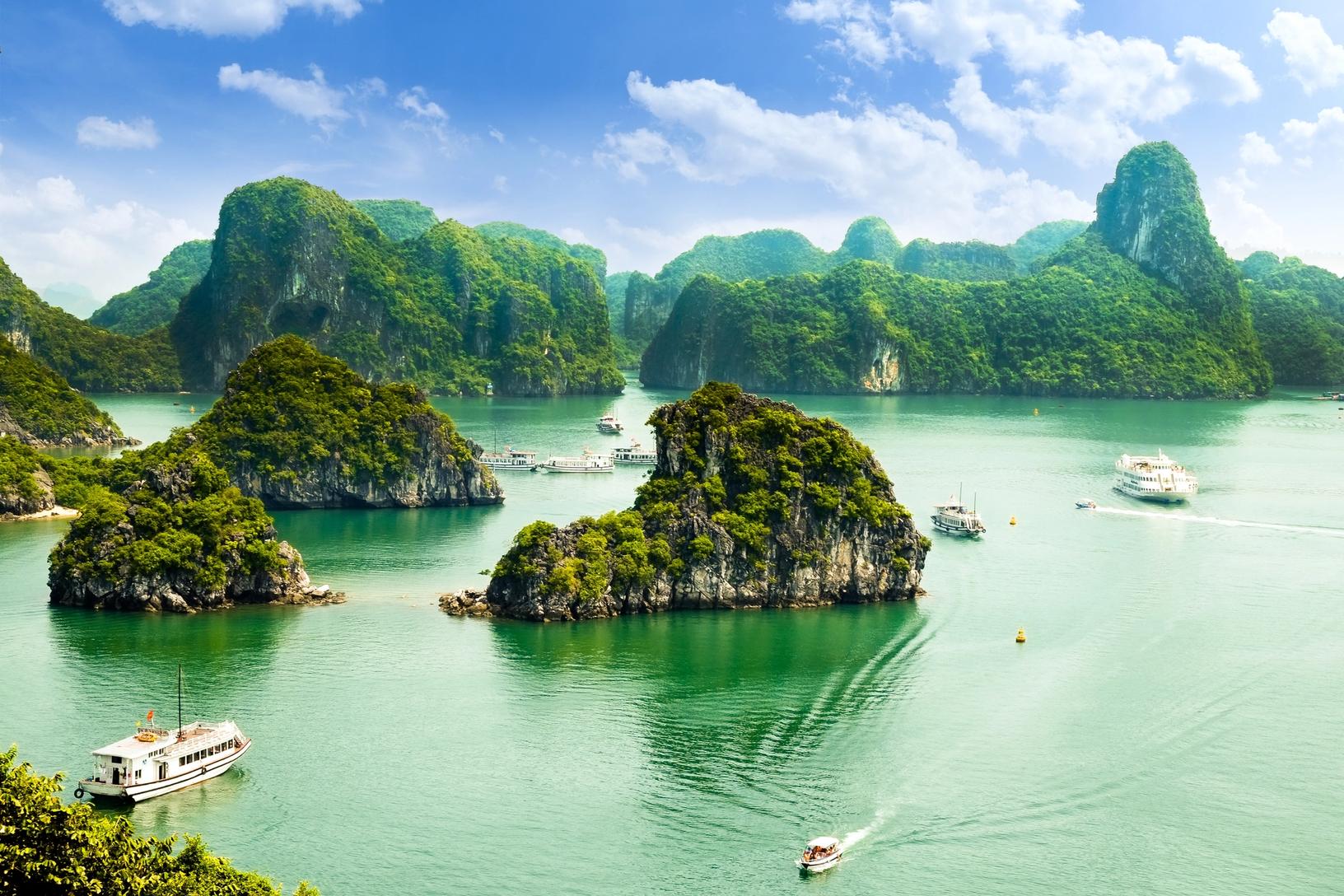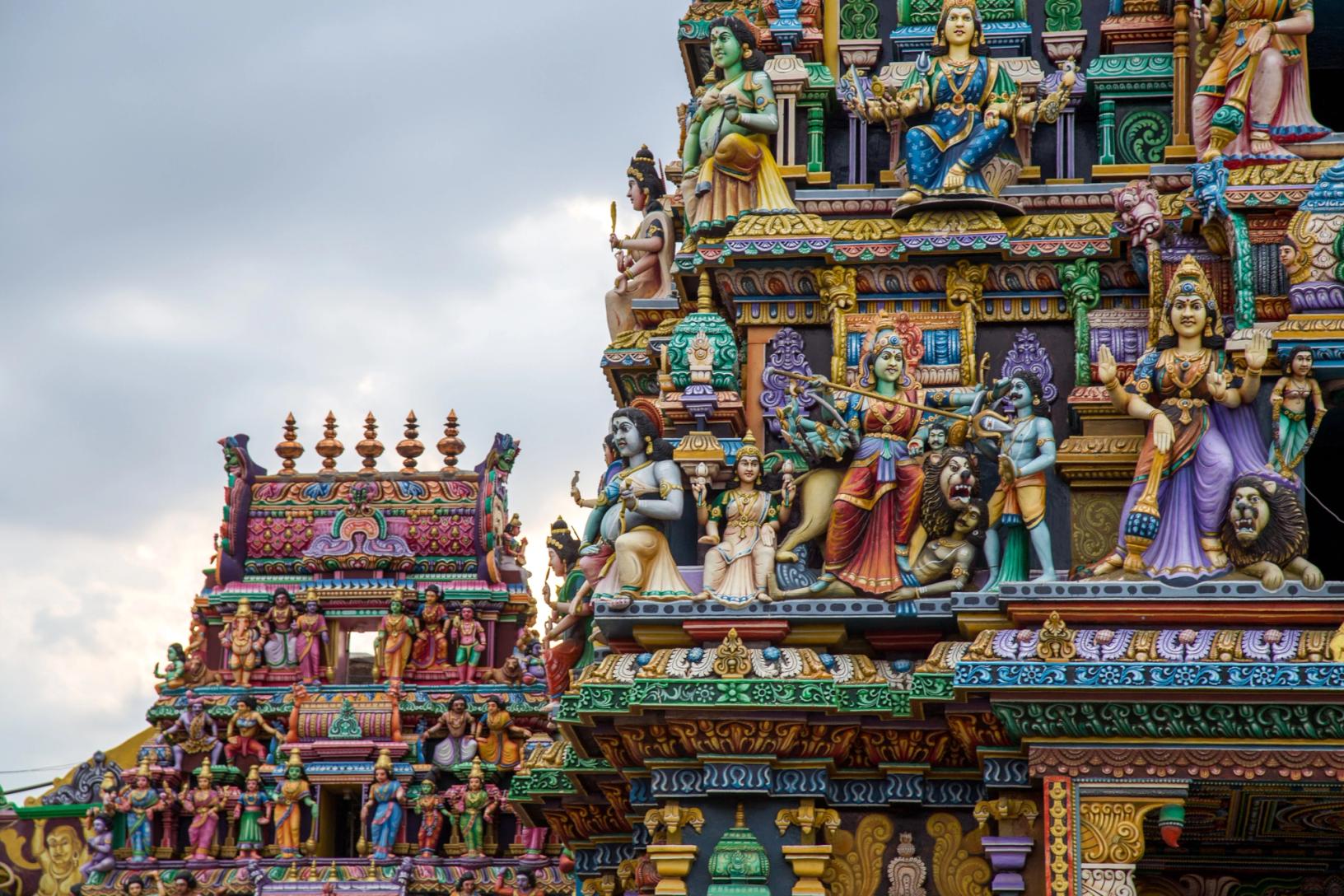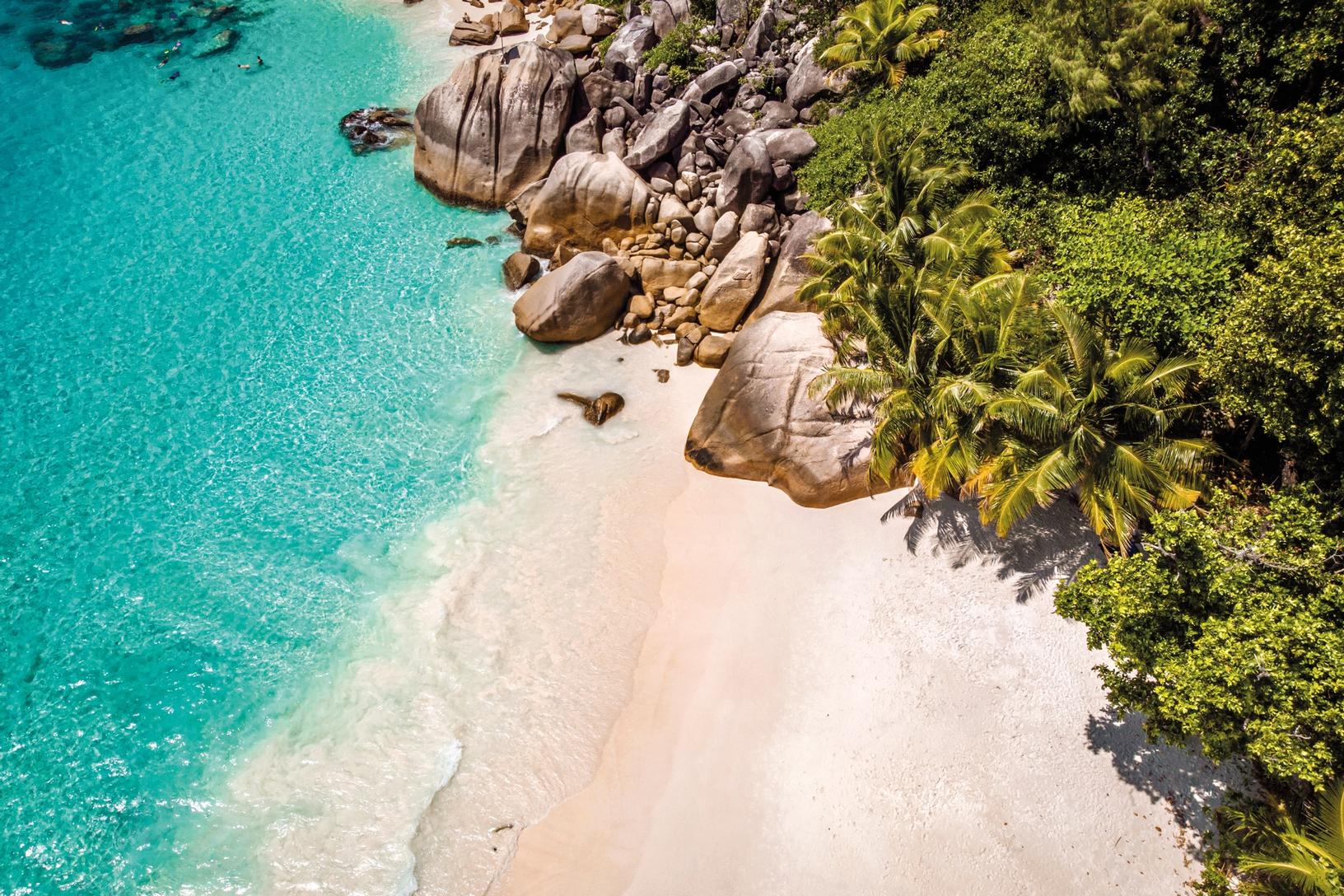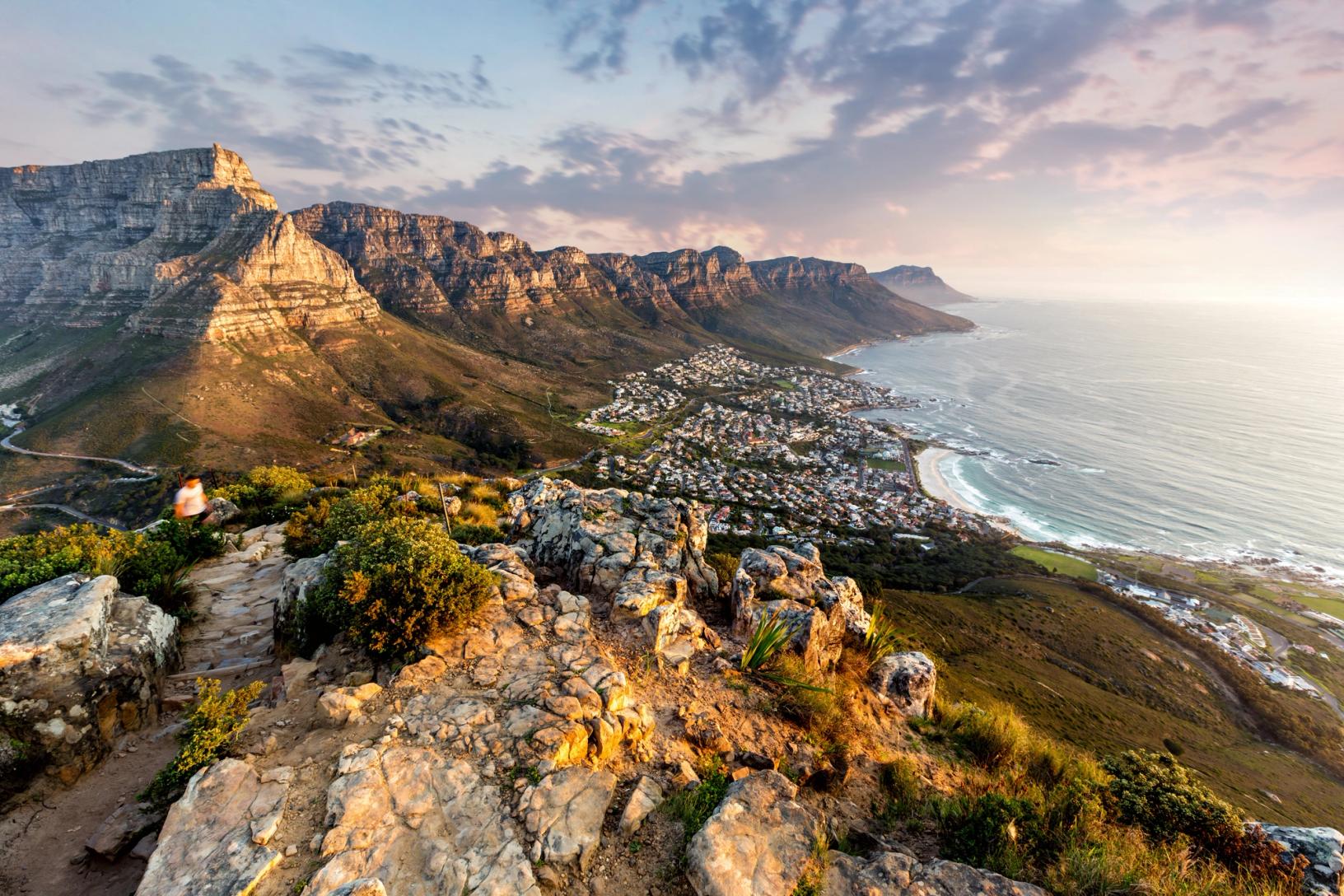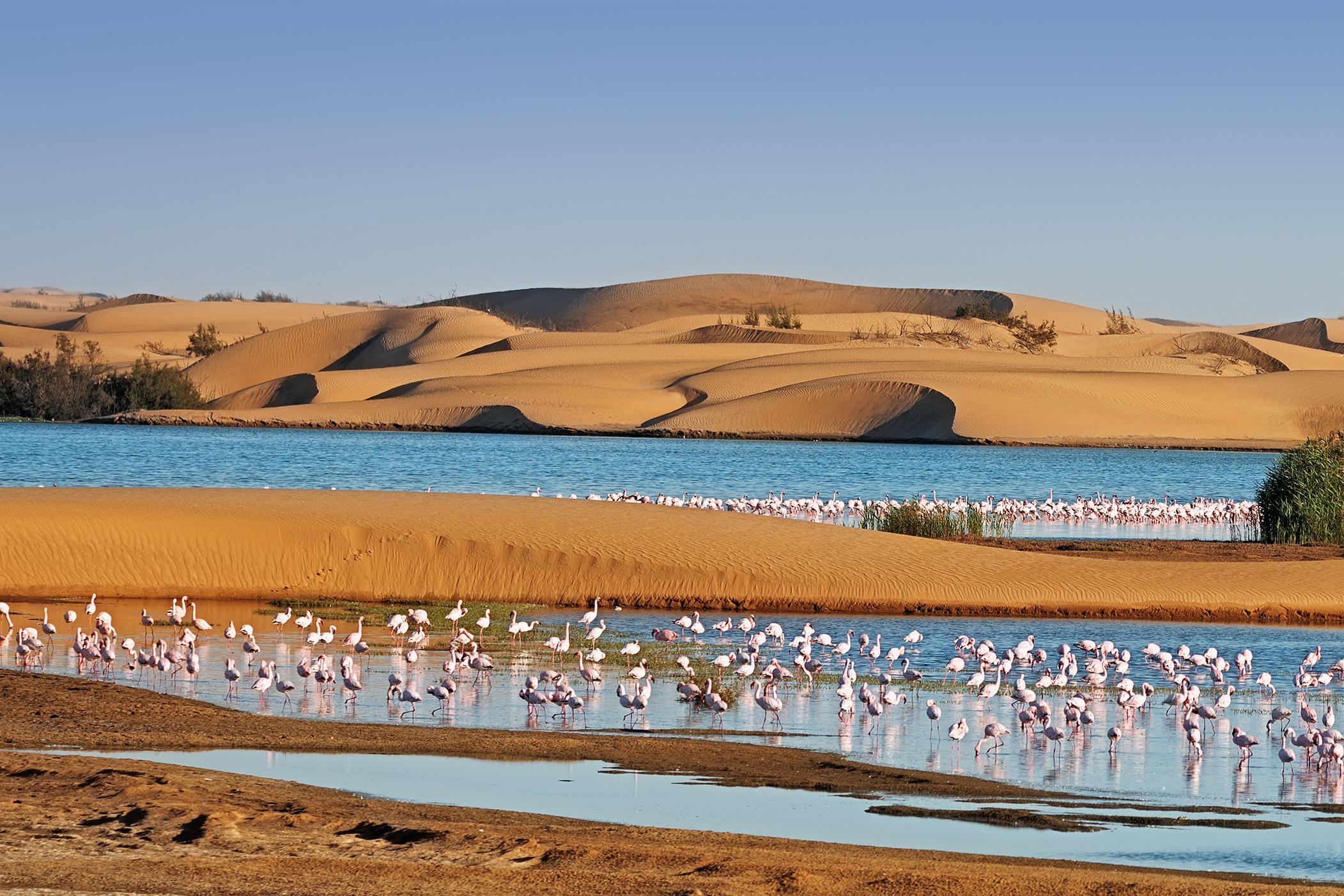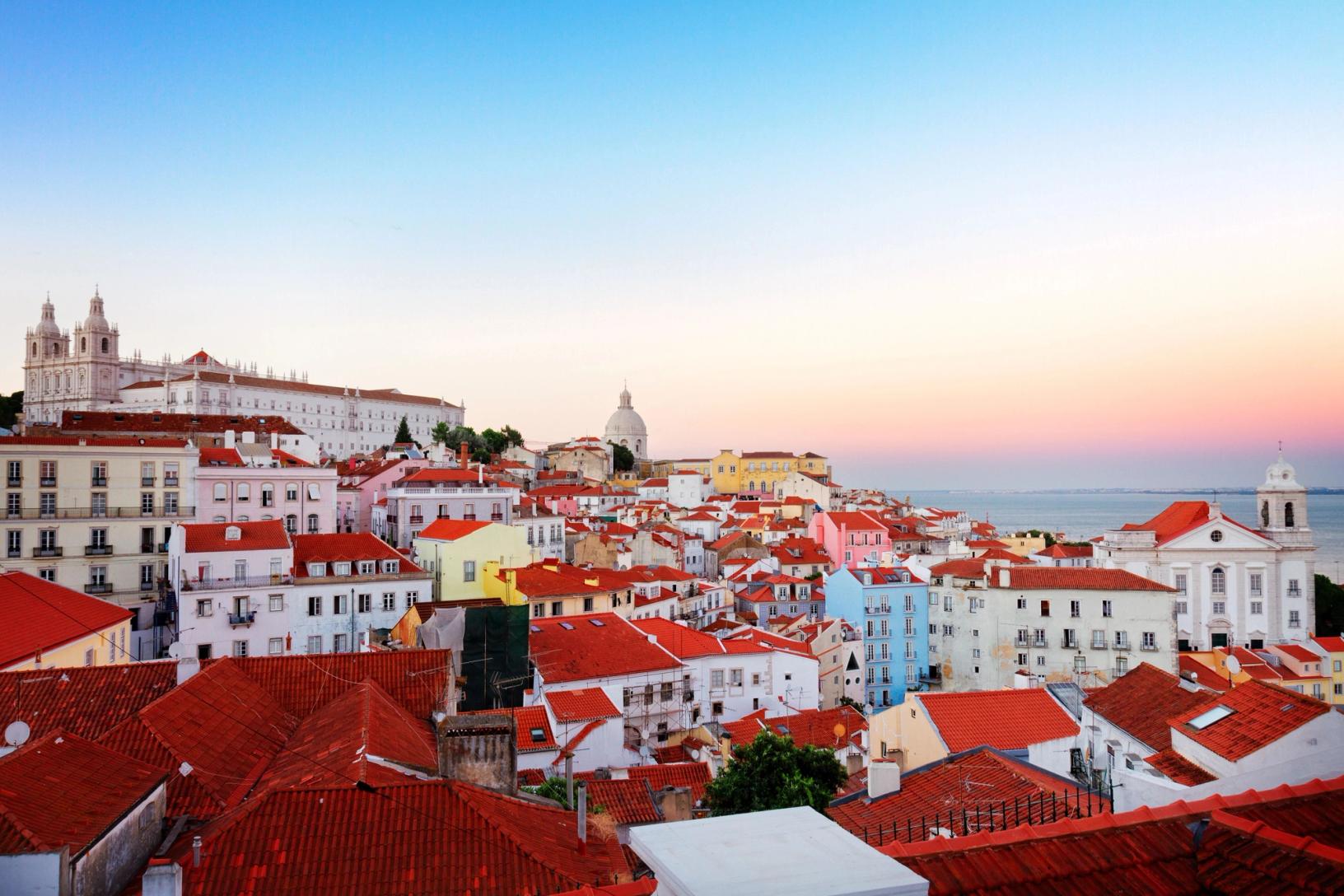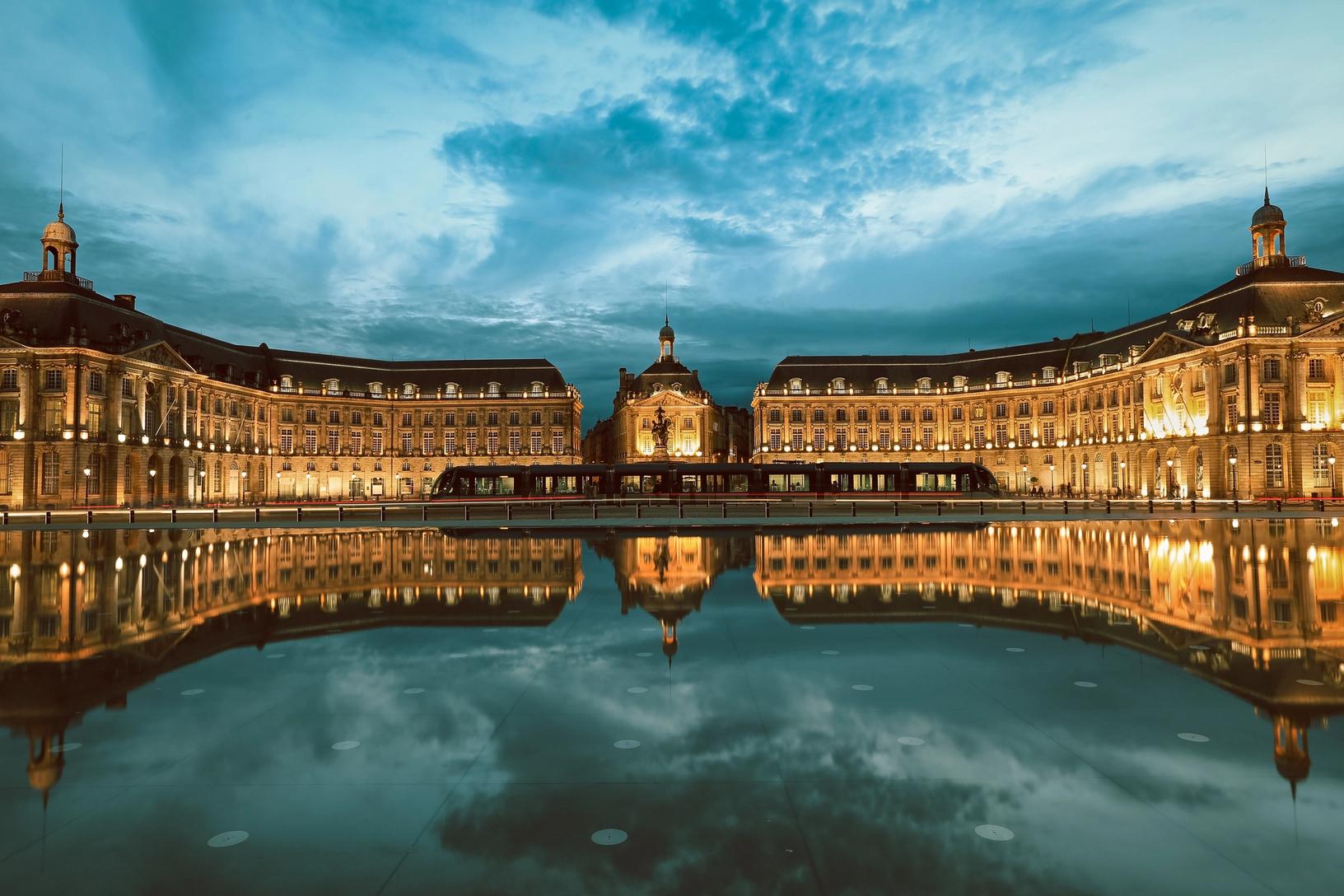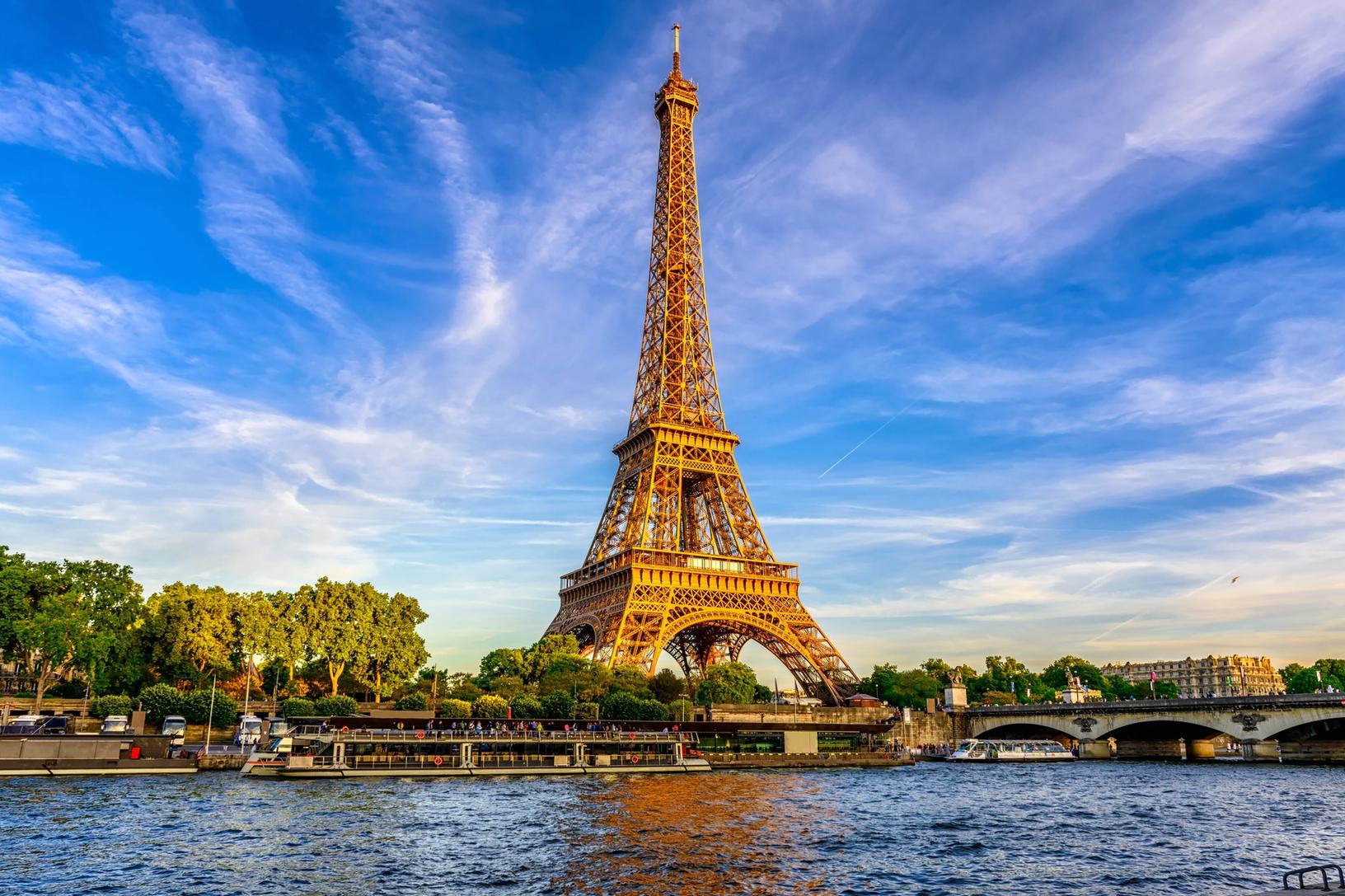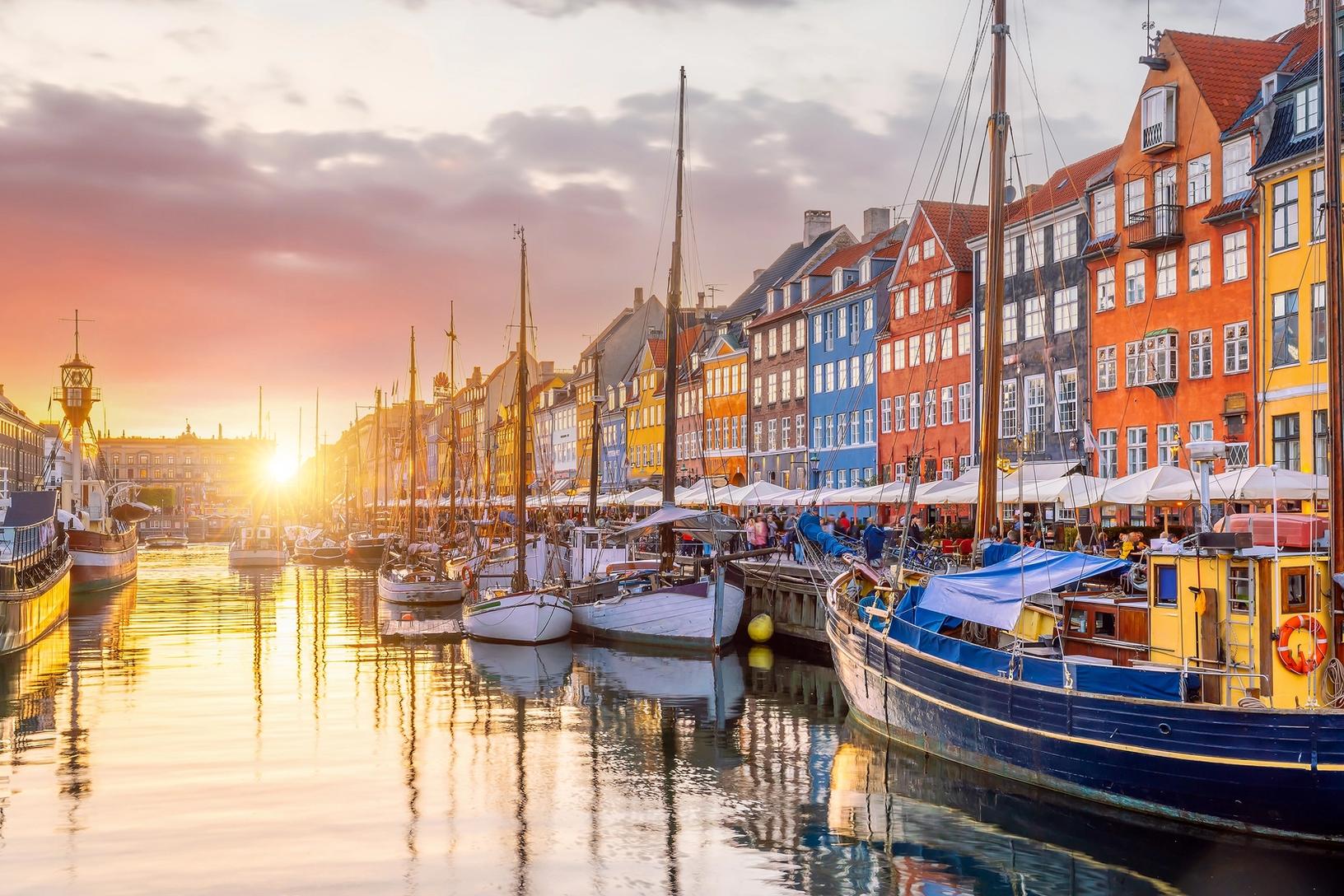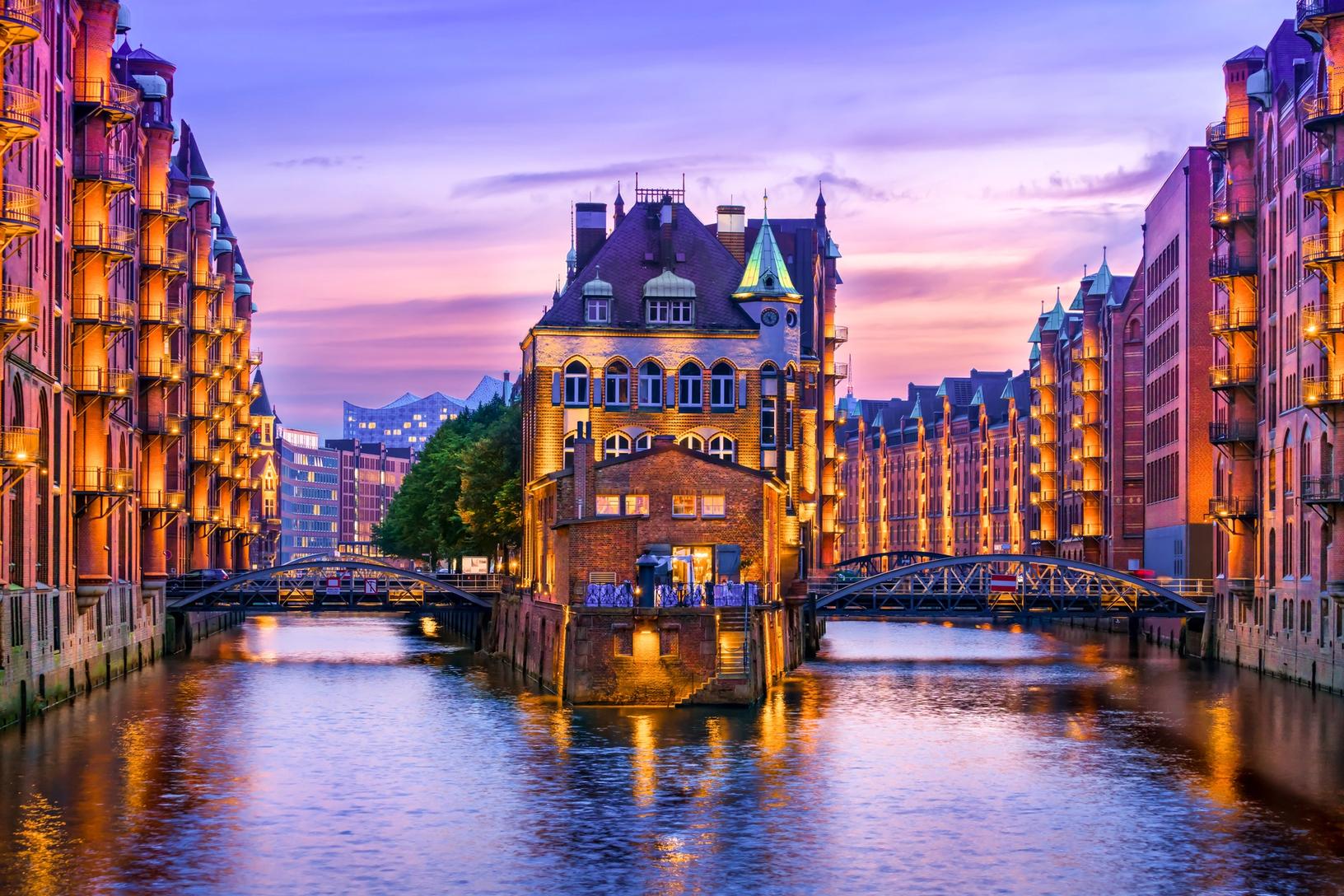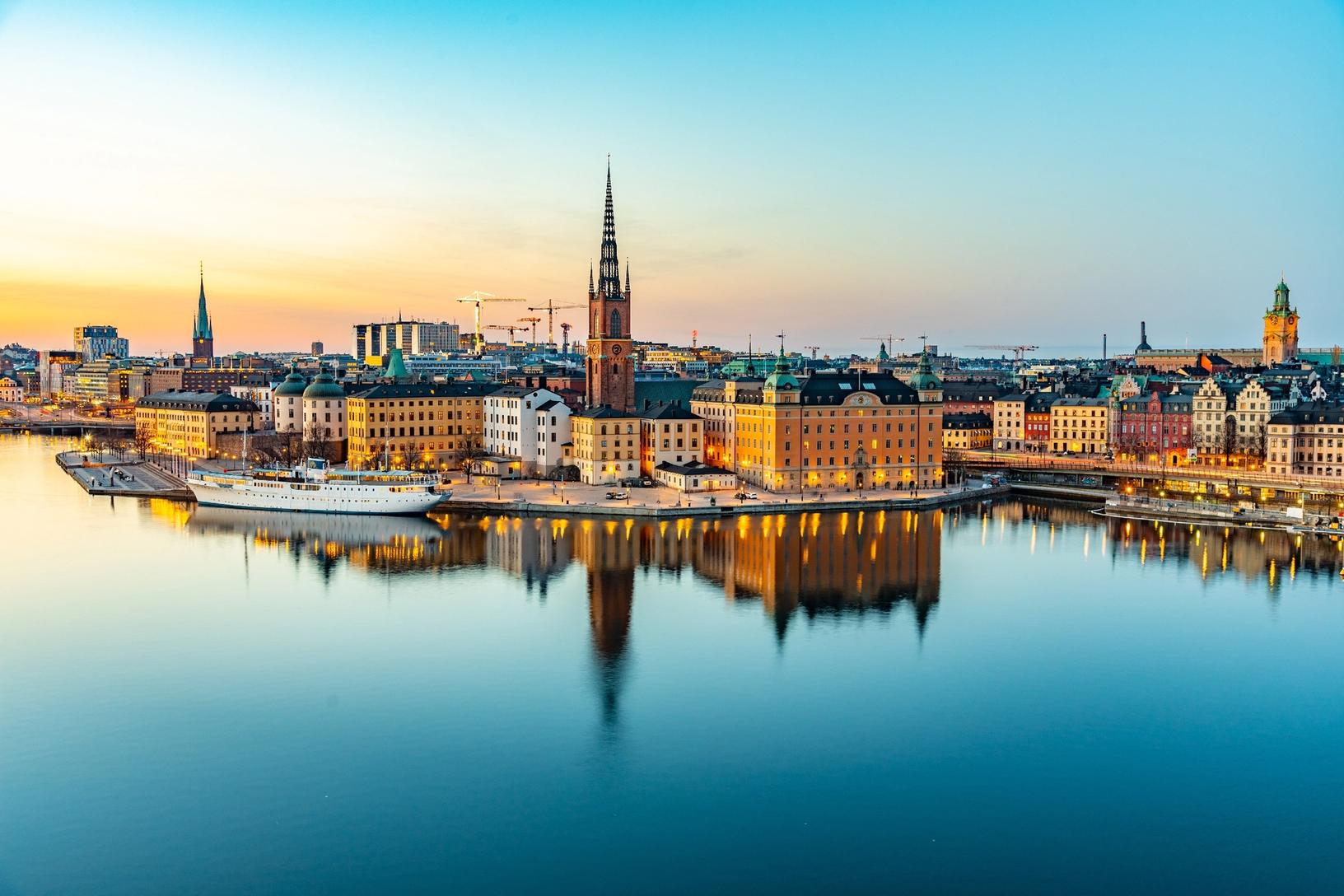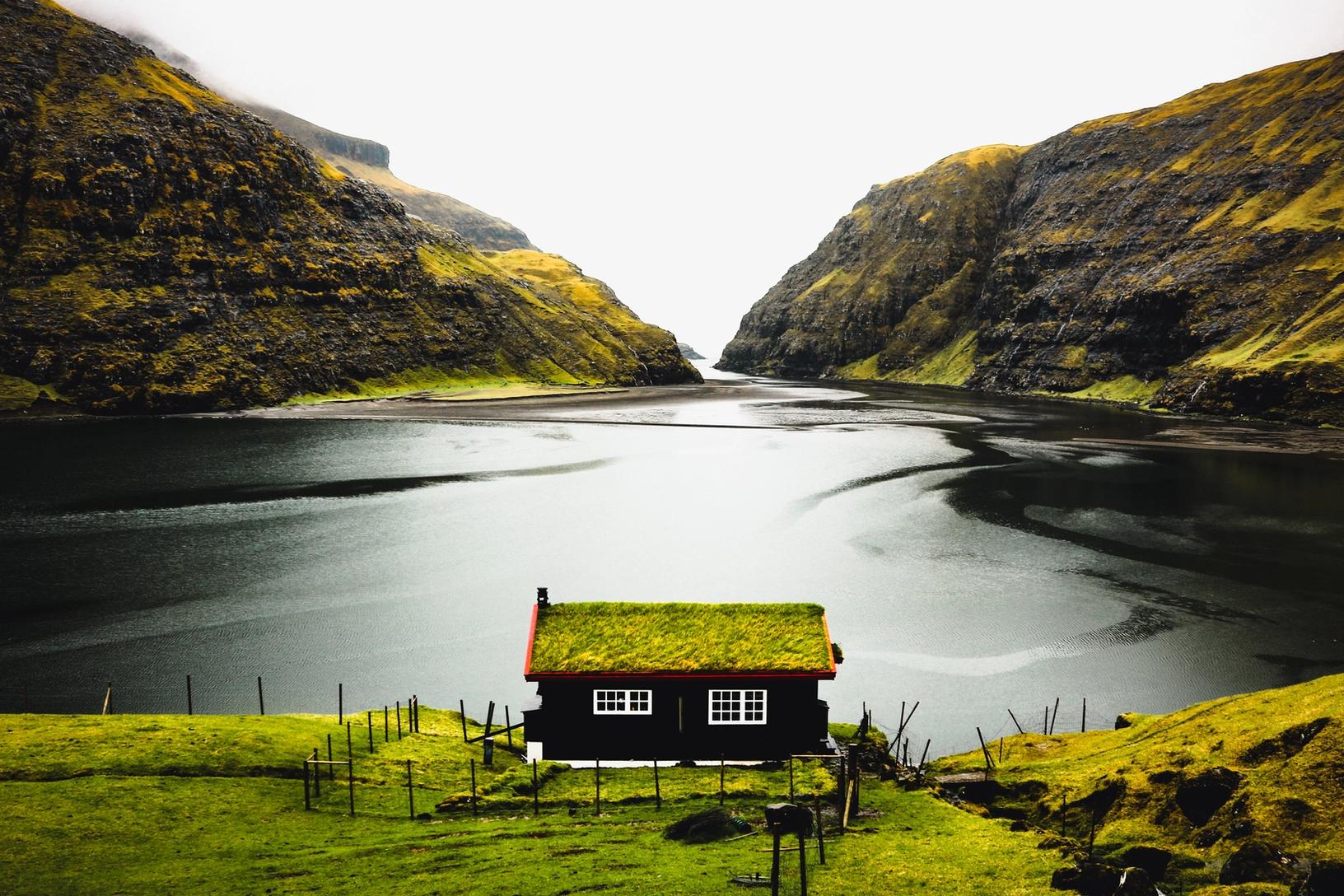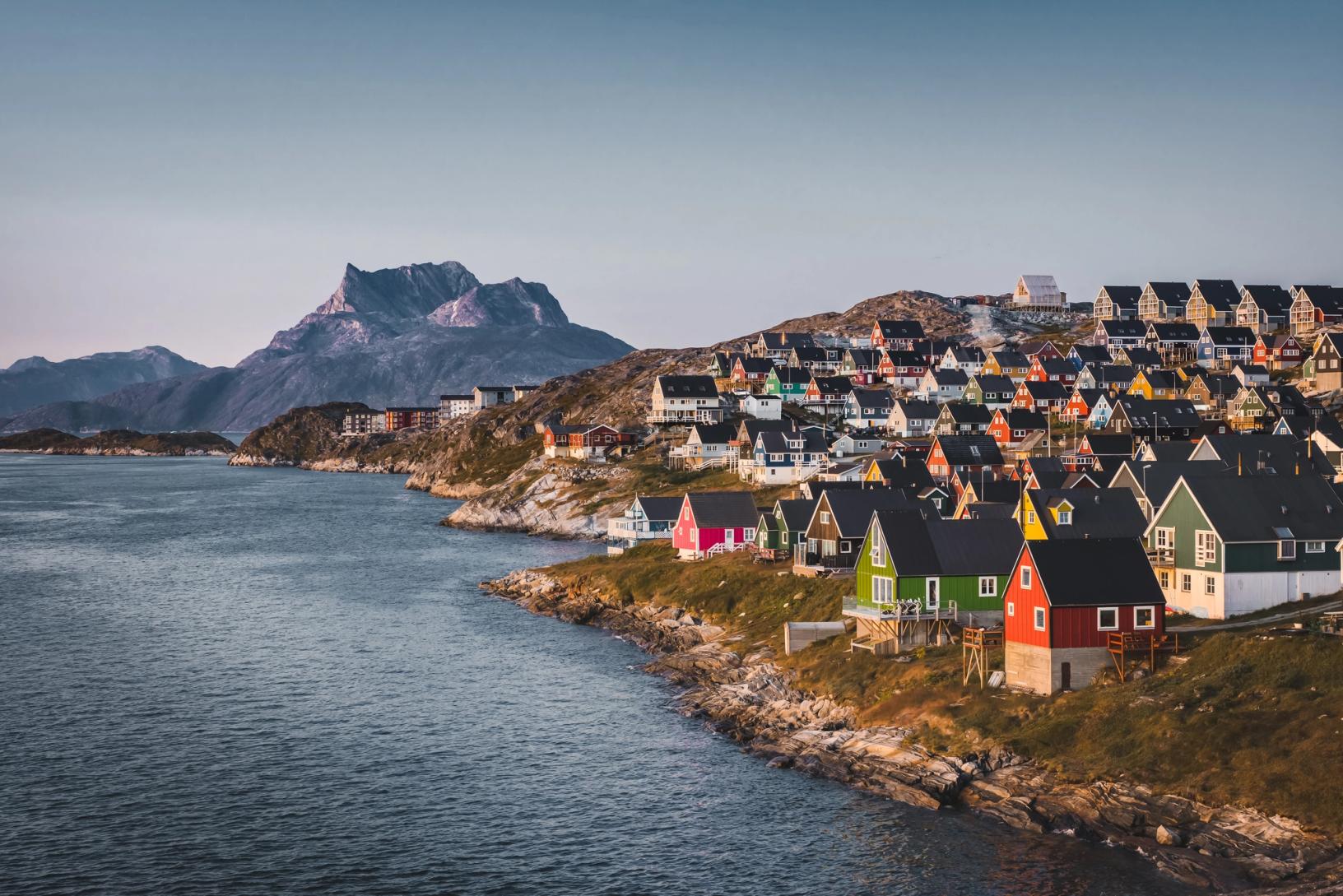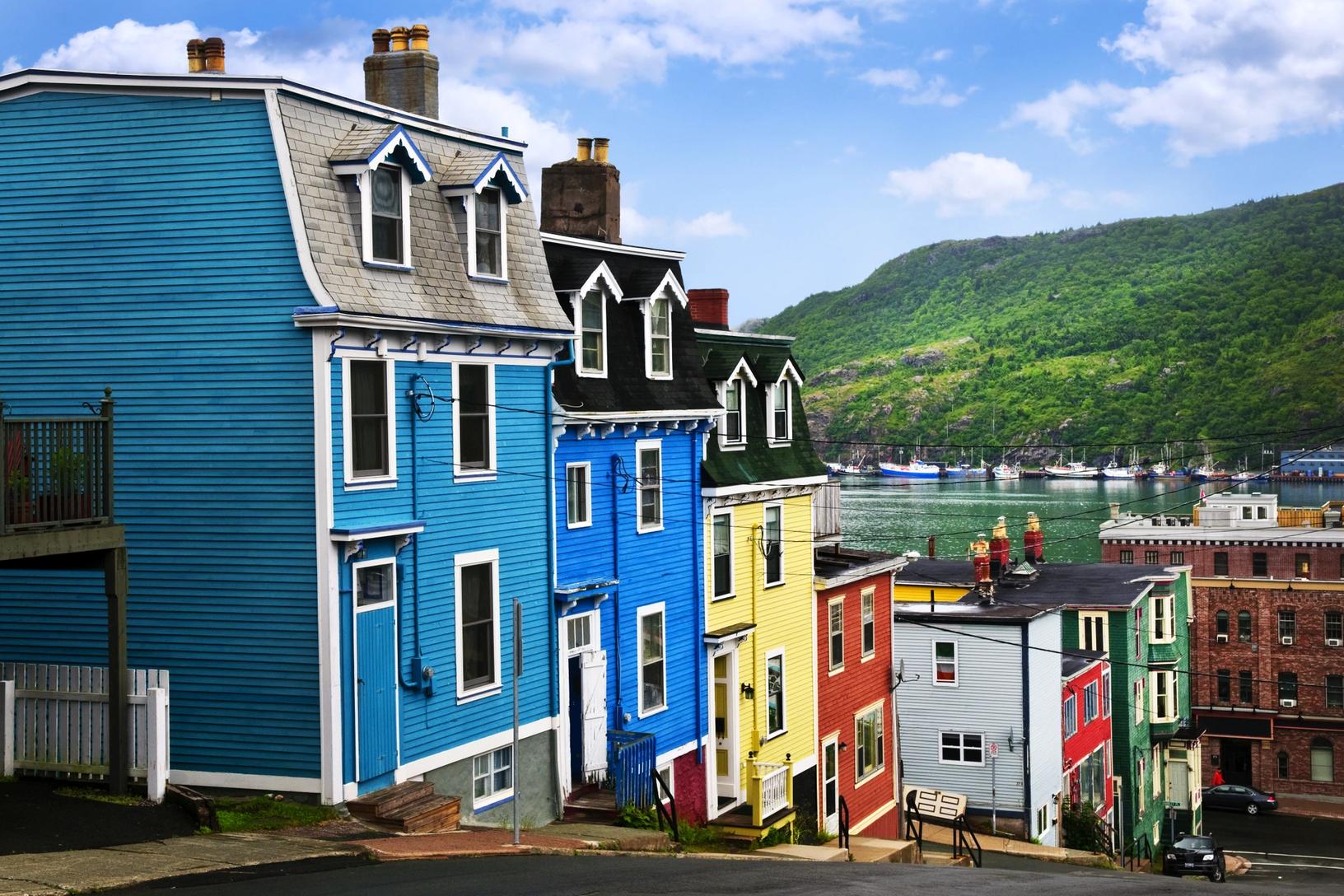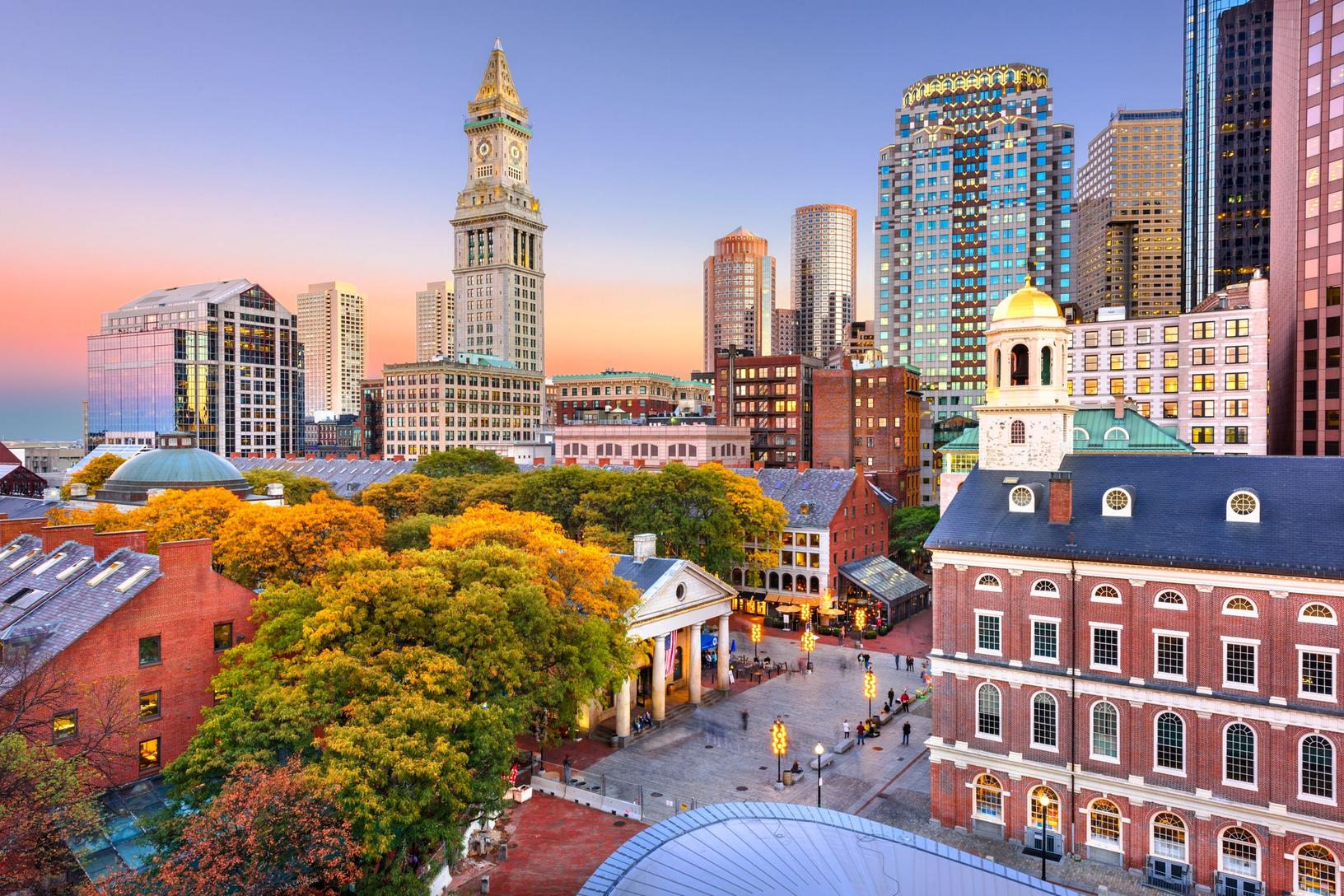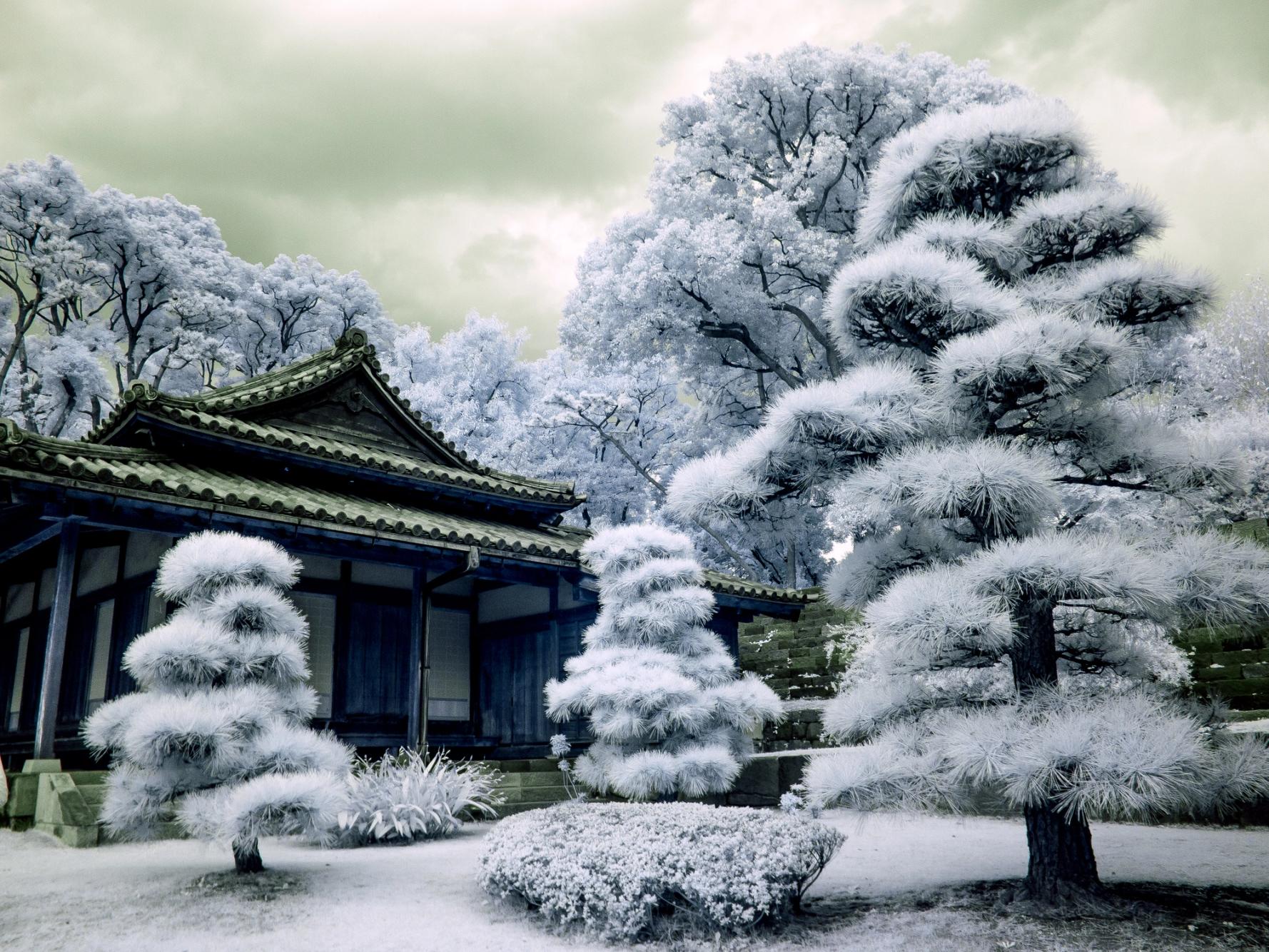
Friday, April 19, 2024 – Photo of the Day – Osaka, Japan

Where in the World Are We?
We are in Osaka, Japan.

OSAKA, JAPAN
EXPLORE THE CULINARY CAPITAL OF JAPAN
An important commercial centre since medieval times, Osaka and its castle played a major role in the history of Japan and its unification in the 16th century. Built in 1583, it towers above the city in the heart of a six-hectare park with ramparts and moats. However, the 5-storey, 8-inside-storey building you can visit today was completed… in 1997, the castle having been rebuilt many times.
But Osaka also stands out for another aspect: its gastronomy, which for some makes it the capital of taste in a country where the delicacy of dishes and the marriage of flavours have been elevated to the rank of a major art.
When it comes to Osaka cuisine, three key elements stand out: takoyaki, okonomiyaki and izakayas. The first two are eaten, while the third is where you can eat.
Let’s start with takoyaki. These little balls, crispy on the outside and soft on the inside, contain pieces of tender octopus, green onion and other flavoursome ingredients. Cooked in special moulds, takoyaki are served hot and topped with mayonnaise, takoyaki sauce, dried bonito (katsuobushi) and seaweed.
Let’s continue with okonomiyaki, also known as Japanese pizza. This thick pancake is made from a dough of flour, eggs and cabbage. You can add your choice of ingredients, such as prawns or squid, or pork or cheese: it all depends on your tastes, and okonomiyaki is a 100% customisable dish. Once cooked, okonomiyaki sauce, mayonnaise, dried bonito and seaweed are added for an incomparable explosion of flavour.
These two local specialities can be enjoyed in another essential component of Osaka’s culinary scene: izakayas, small informal bars and restaurants found all over the city. As well as takoyaki and okonomiyaki, they also serve sashimi, yakitori (grilled kebabs) and tempura (fried fritters), among other Japanese delicacies.
TENJINBASHI-SUJI SHOPPING STREET
Tenjinbashi-suji Shopping Street claims to be the longest in Japan. The covered arcade stretches more than two kilometers, starting approximately from Tenjimbashi-suji Rokuchome Subway Station and leading south until close to the Tenjinbashi Bridge. Locals shop for goods such as groceries, clothes, shoes, books, medicine, snacks and sundries. Prices for fashion products are relatively low in return for average quality. There are also many eateries and cafes.
SIGHTS
- Abeno Harukas
- Kuchu Teien Observatory
- Kuromon Ichiba Market
- Osaka Tenmangu
- Hep Five Ferris Wheel
- Shin Sekai “New World”
- Tsūtenkaku
Today’s Excursion – Nara UNESCO World Heritage Sites
We discovered a pair of magnificent UNESCO World Heritage Sites during this scenic sightseeing excursion to Nara.
The Todaiji Temple famous for its great copper image of Buddha, the symbol of Nara. With a height of 59 feet from the ground, this Buddha image was the largest in the world at the time of its completion in 752 A.D.
The temple building itself is the largest existing wooden structure in the world. Reconstructed in the mid-Edo Period (1603-1867), it measures 187 feet in width and 157 feet in height. While strolling through the temple, we saw hundreds of deer. They are considered messengers of the gods in the Shinto religion and are allowed to roam freely here.




























Kasuga Taisha Shrine, 2,000 Stone Lanterns, Torii Gate, Colourful Halls, Japanese Lunch
Leaving the temple, our next stop was the Kasuga Taisha Shrine. Originally constructed in 768 A.D. by the Fujiwaras, a
prominent feudal family, this shrine has been rebuilt over 50 times (every 20 years) in accordance with Shinto custom to purify the site. More than 2,000 stone lanterns line the pathways, and are lit only three times a year on special festival days. We passed through the Torii Gate to experience the unique architectural style of the shrine, including the shape of the roof and brilliant vermilion and green halls.

























The KAIYUKAN is an aquarium that faithfully recreates the natural environment of the world’s largest ocean, the Pacific Ocean, and its surrounding waters. Each region of the Pacific Rim that surrounds the Pacific Ocean is recreated in a large water tank. Each tank in the aquarium is arranged in a way that is similar to how they are actually located geologically in the Pacific Ocean. Starting with the “Pacific Ocean” tank that is home to the majestic whale shark, or the “Forest of Japan” tank that is lush in vegetation and flowing waterfalls, to the “Tasman Sea” tank that houses the Pacific white-sided dolphin, each of the tanks in total houses and displays approximately 30,000 creatures with 620 types of species. Other popular tanks include the “Jellyfish Galaxy” that are all about the jellyfishes, or the “North Pole” tank that houses the Ringed seals.











Check out today’s Chronicle.
